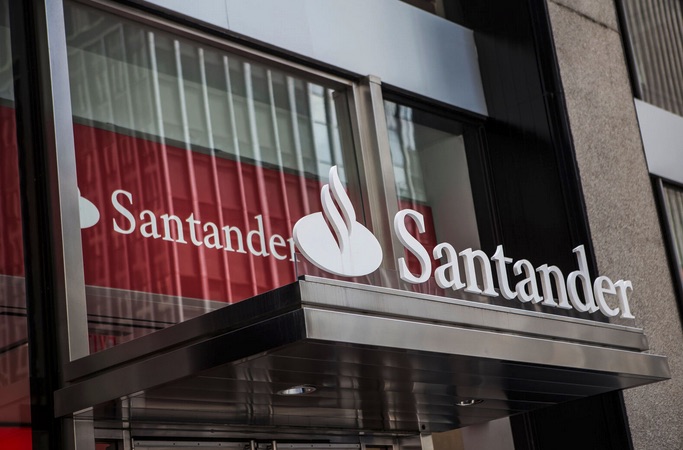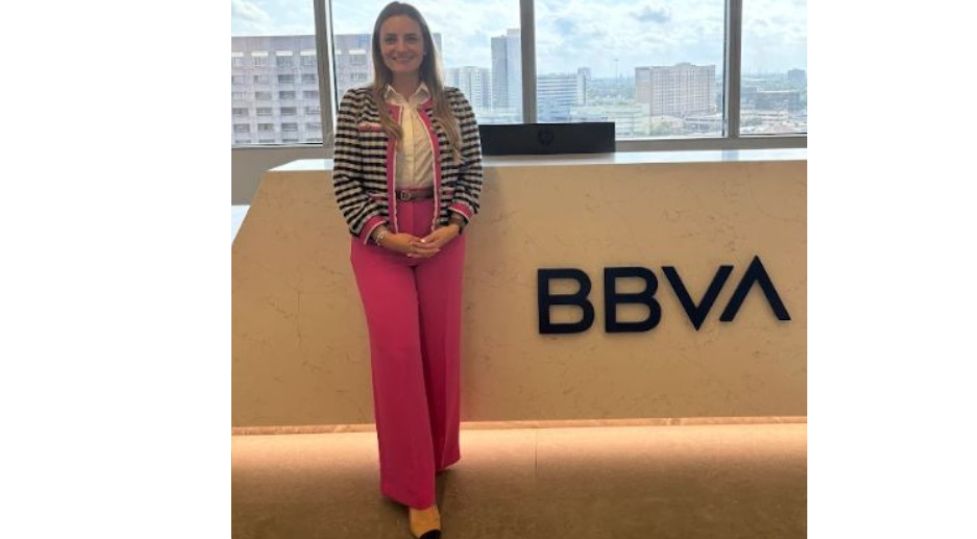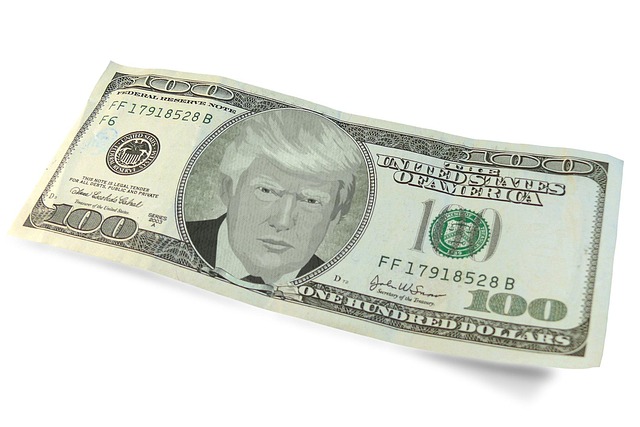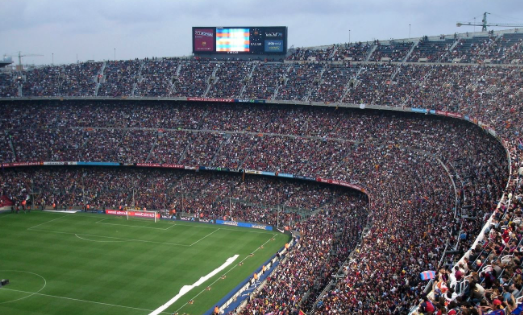The Role of ETFs in the Rise of Investing in the United States
| By Amaya Uriarte | 0 Comentarios

Investment in the United States Has Experienced a Sharp Increase in Recent Years, Driven by Structural Changes That Have Facilitated Access to the Markets.
Today, U.S. investors can choose from thousands of products through multiple channels to invest.
The report “People & Money. The Next Wave of U.S. ETF Investors”, prepared by BlackRock, reveals that stocks and mutual funds remain staple products in American investors’ portfolios, but ETFs “are growing due to their diversification, convenience, and cost-effectiveness.” Therefore, according to the study, “it is no coincidence that this investment boom in the United States has coincided with the extraordinary growth of U.S. ETF assets.” The numbers are clear: exchange-traded funds have more than doubled in just five years, rising from $4.4 trillion in 2020 to over $12 trillion in 2025.
BlackRock’s analysis notes that, in the United States, more and more people are investing, with broad participation across age, income, and gender. Most do so through digital investment platforms (39%), employer retirement plans (35%), and advisors (31%).
Likewise, U.S. investors have a wide range of options when selecting investment vehicles: more than half of those surveyed admit to owning two or more investment products, and nearly one-third hold three or more in their portfolios. This trend suggests, according to the report, that investors are actively building their investments, rather than relying on a single product. “Stocks and mutual funds remain the foundation for most, but investors are increasingly adding other products alongside them.”
Young People Are More Likely to Invest in ETFs
This statement is clear among the younger age groups: individuals aged 18 to 34 are more likely to have ETFs in their portfolios than those over 35 (28% versus 20%). Furthermore, they are more than twice as likely to own cryptocurrencies (45% versus 21%).
As ETFs continue to gain ground among U.S. investors, “the landscape is evolving rapidly,” according to the study. The analysis details where the growth is coming from and what it means for the future of ETF investments.
First, the study notes that it is estimated that more than 24 million people in the United States own ETFs. It is also estimated that 19 million U.S. adults plan to buy ETFs in the next 12 months, and 56% of those already invested in exchange-traded funds plan to increase their holdings in these vehicles.
ETF investors aged 18 to 34 are 50% more likely than those over 35 to cite the “ability to invest small amounts regularly” as a reason for choosing ETFs. On the other hand, “convenience (you just buy one fund)” is the main reason for ETF selection among individuals aged 35 to 44.
Furthermore, the survey shows that 71% of first-time ETF investors will be under 45 years old, and 69% of new ETF investors will earn less than $100,000. Stocks and cryptocurrencies will be the most popular asset classes among those planning to invest in ETFs/ETPs in the next 12 months, according to the report.
The analysis also reveals the reasons why nearly one-quarter of U.S. investors choose ETFs: survey results show that the main reasons are diversification (47%), ease of trading (40%), and the potential for better returns than savings accounts or other investments (37%).
Equity exchange-traded funds remain the preferred option for both current investors and those planning to enter the ETF market in the coming year. However, newer asset classes are narrowing the gap: more than 47% of investors who are investing in ETFs for the first time are expected to allocate funds to cryptocurrency ETPs in the next 12 months, along with 36% of current ETF investors who plan to do the same.
Although There Are More U.S. Investors Than Ever, Many Adults Remain on the Sidelines
They are held back by persistent fears and barriers. ETFs can help U.S. adults move out of passivity and into the market by making investing simpler, more affordable, and more accessible.
Future Needs
Finally, the study also evaluates the needs of the next wave of ETF investors. It shows that 43% of U.S. investors began investing after realizing they could grow their money faster than by saving.
In addition, current investors state that their confidence in investing comes from staying calm during market ups and downs, though they cite affordability and lack of knowledge or time as the main barriers to investing in the United States. Thirty-eight percent of U.S. adults are interested in recurring investment plans over the next two years.










